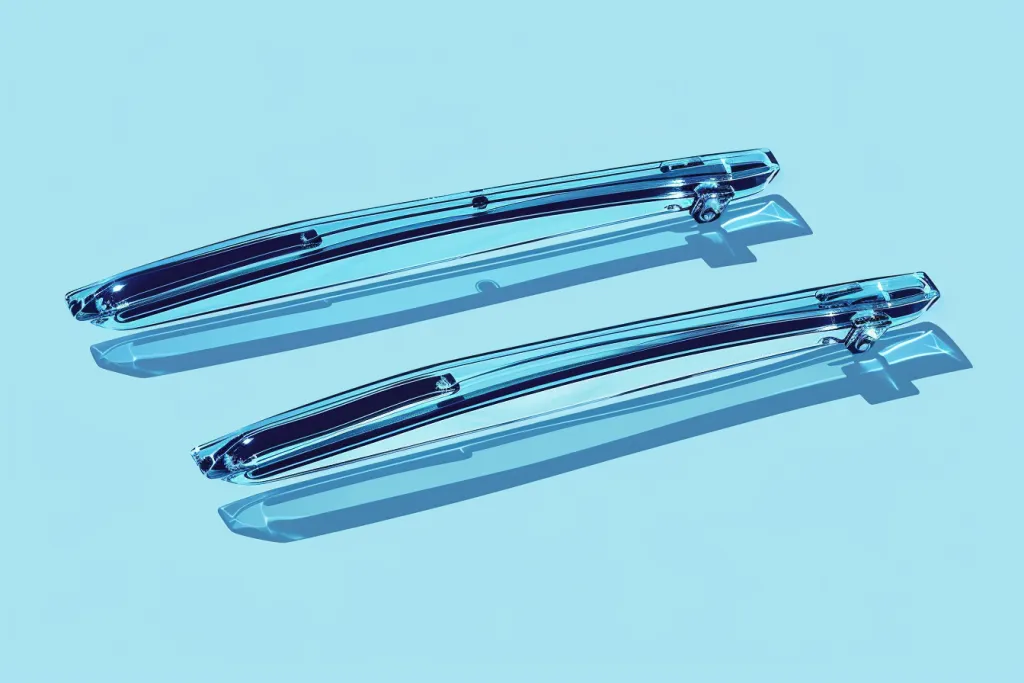Changing windshield wipers is a crucial maintenance task that ensures your safety and enhances your driving experience, especially during adverse weather conditions. While it may seem straightforward, understanding the right approach can save you time and prevent damage to your vehicle. This article delves into the nuances of replacing windshield wipers, offering a clear, step-by-step guide that caters to drivers of all skill levels.
Table of Contents:
– Understanding windshield wiper types
– Signs it’s time to change your wipers
– Selecting the right windshield wipers
– Step-by-step guide to changing windshield wipers
– Maintenance tips for longer-lasting wipers
Understanding windshield wiper types

Windshield wipers come in various designs, each tailored to different vehicle models and windshield curvatures. The most common types include traditional bracket wipers, beam wipers, and hybrid wipers. Understanding the differences is crucial in choosing the right wipers for your vehicle. Traditional bracket wipers are widely used due to their affordability and compatibility with many vehicles. Beam wipers, on the other hand, offer superior performance in heavy rain and snow due to their continuous tension design. Hybrid wipers combine the durability of traditional wipers with the performance benefits of beam wipers, making them a versatile choice.
Signs it’s time to change your wipers

Recognizing when to replace your windshield wipers is key to maintaining clear visibility. Several indicators suggest it’s time for a change. Firstly, if you notice streaking or missed areas during use, this indicates the wiper blades are worn. Secondly, unusual noises or chattering sounds while the wipers are in operation suggest improper contact with the windshield, often due to blade deterioration. Lastly, a visual inspection might reveal cracked, split, or broken rubber on the blade, a clear sign that replacement is necessary.
Selecting the right windshield wipers

Choosing the correct windshield wipers involves more than just matching the size. It’s essential to consider the wiper’s design, material, and compatibility with your vehicle. Most vehicles specify the size and type of wipers required in the owner’s manual, providing a good starting point. Additionally, consider the climate you drive in. For instance, silicone blades offer superior durability and performance in extreme temperatures, making them suitable for hot and cold climates alike. Ensuring compatibility with your vehicle’s wiper arm attachment type is also crucial for a smooth installation process.
Step-by-step guide to changing windshield wipers

Changing windshield wipers is a task that can be accomplished with minimal tools and technical know-how. First, lift the wiper arm away from the windshield until it locks in a vertical position. Next, locate the release mechanism, which typically involves either a tab or button, and carefully remove the old wiper blade. Pay close attention to how the blade attaches to the arm to ensure a smooth installation of the new blade. Slide the new wiper blade onto the arm until it clicks into place, confirming a secure attachment. Finally, gently lower the wiper arm back onto the windshield and repeat the process for the other wiper. It’s advisable to test the new wipers in a safe environment to ensure proper installation.
Maintenance tips for longer-lasting wipers

To extend the lifespan of your windshield wipers and maintain optimal performance, regular maintenance is essential. Cleaning your wiper blades with a soft cloth and windshield washer fluid every few weeks removes dirt and debris that can cause wear. Additionally, during winter months, prevent the wipers from freezing to the windshield by either lifting the arms away from the glass or using a windshield cover. Avoid using your wipers to remove ice or heavy snow from the windshield, as this can damage the blades. Lastly, consider replacing your wipers at the change of seasons or at least once a year to ensure consistent performance.
Conclusion:
Changing your windshield wipers is a simple yet crucial task that ensures your safety on the road. By understanding the different types of wipers, recognizing when a replacement is due, selecting the right product, and following a careful installation process, you can maintain clear visibility in all driving conditions. Regular maintenance further extends the life of your wipers, making this routine task a key aspect of vehicle care.




